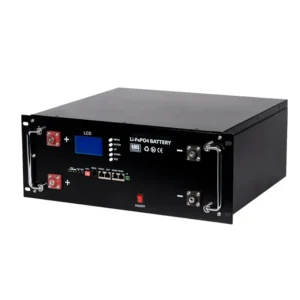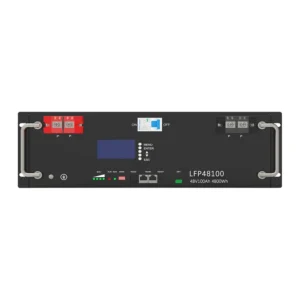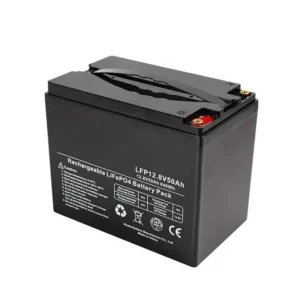12.8V 24Ah LiFePO4 Battery LFP1224
Features:
- 12.8V 24Ah LiFePO4 battery provides ample energy storage for extended use.
- Fast Charging: Quickly recharge the battery for shorter downtime.
- Low Self-Discharge Rate: Maintains charge when not in use for longer shelf life.
- High Energy Efficiency: Optimized energy utilization for maximum performance.
Parameters
| Model | LFP1224 |
| Rated Capacity | 24Ah |
| Rated Voltage | 12.8V |
| Energy | 307.2Wh |
| Standard Charge Current | 4.8A |
| Max. Charge Current | 24A |
| Charge Cut Off Voltage | 14.6V |
| Standard Discharge Current | 4.8A |
| Max. Continuous Discharge Current | 24A |
| Discharge Cut Off Voltage | 10V |
| Max. Pulse Discharge Current | 48A |
| Charge Temperature | 0 to 45ºC |
| Discharge Temperature | -20 to 60ºC |
| Storage Temperature | 0 to 40ºC |
| Dimension (L*W*H) | 181*77*170mm |
| Weight | 3.1kg |
CAN'T FIND WHAT YOU WERE LOOKING FOR?
FAQ
Yes, it is generally safe to leave a LiFePO4 battery on the charger after it has reached full charge. LiFePO4 batteries have built-in protection circuits that help prevent overcharging, so they can be left connected to the charger without causing significant harm. However, it is always recommended to follow the manufacturer’s instructions and guidelines for charging and storing LiFePO4 batteries to ensure optimal performance and longevity.
them at a lower voltage of around 3.6V per cell. They also provide a constant current during the charging process. In summary, the main difference between lithium and LiFePO4 chargers is the voltage at which they charge the batteries. Using the wrong charger can result in improper charging and potential safety hazards, so it’s important to use the appropriate charger recommended by the battery manufacturer.
To wake up a LiFePO4 battery, follow these steps:
- Check the battery voltage: Use a multimeter to measure the voltage of the LiFePO4 battery. If the voltage is below the recommended minimum, it may need to be awakened.
- Apply a gentle charge: Connect the battery to a compatible LiFePO4 charger with the appropriate voltage and current settings. Ensure the charger is in “charge” mode, not “maintenance” mode.
- Monitor the charging process: Keep an eye on the charging progress. LiFePO4 batteries may initially accept a low current when waking up, but as the voltage increases, the charging current should also increase.
- Allow sufficient charging time: Depending on the battery’s condition, it may take several hours for the LiFePO4 battery to wake up fully. Be patient and let the charger complete the charging process.
- Disconnect and test: Once the battery reaches the recommended voltage level, disconnect it from the charger and perform a capacity test or use it in your desired application.
Note: It’s crucial to follow the manufacturer’s instructions and safety guidelines when charging and handling LiFePO4 batteries.
The low voltage of a LiFePO4 (Lithium Iron Phosphate) battery typically varies depending on the specific battery model and manufacturer. However, in general, the low voltage threshold for LiFePO4 batteries is around 2.5 to 2.8 volts per cell. This means that for a 12.8-volt LiFePO4 battery with four cells in series, the low voltage limit would be around 10 to 11.2 volts.
It’s important to note that discharging a LiFePO4 battery below its low voltage limit can be detrimental to its performance and longevity. Going below this threshold may result in irreversible damage and significantly reduce the battery’s capacity and lifespan. To ensure the optimal lifespan and performance of your LiFePO4 battery, it’s recommended to monitor its voltage during use and recharge it before it reaches the low voltage limit.













